How deep do you plant your Edamame and Lima?
Creek-side
10 years ago
Related Stories
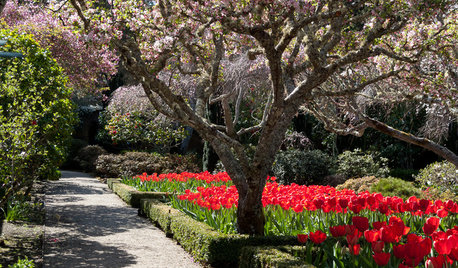
PLANTING IDEASEasygoing Tulip Ideas From a Grand California Garden
Gather up these ways to use tulips to make a spring garden of any size overflow with beauty
Full Story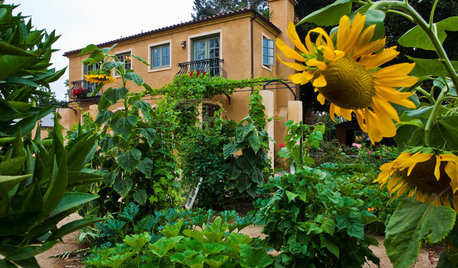
REGIONAL GARDEN GUIDESTexas Gardener's April Checklist
Get your sowing and planting on — spring brings a tantalizing array of possibilities in the garden
Full Story
SUMMER FRUITS AND VEGETABLESSummer Crops: How to Grow Beans
Grow your own beans for amazing variety and healthy, convenient produce all summer
Full Story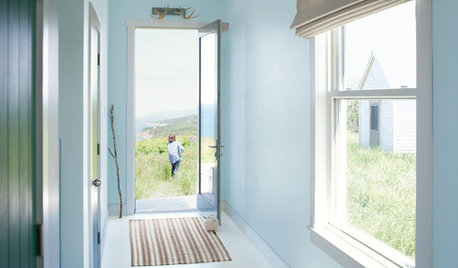
COLORBenjamin Moore Floats Breath of Fresh Air as Its Color of 2014
Touted as a new neutral, this baby blue can stand on its own or support bolder colors. Here's how to use it
Full Story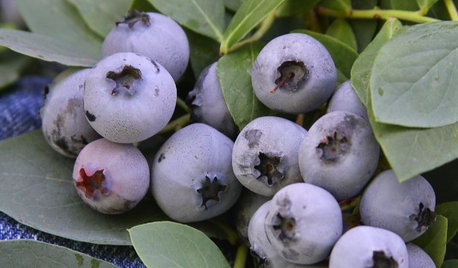
GARDENING GUIDES15 Favorites for Your Summer Edible Garden
Get your summer garden off to a good start with these popular fruits and vegetables
Full Story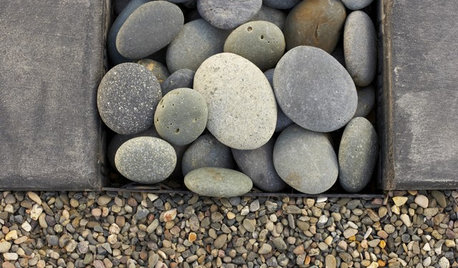
LANDSCAPE DESIGNThe Right Stone for Your Garden Design
Gravel, pebble, cobble and paddle: Stones vary in size and shape, and have different uses in the landscape
Full Story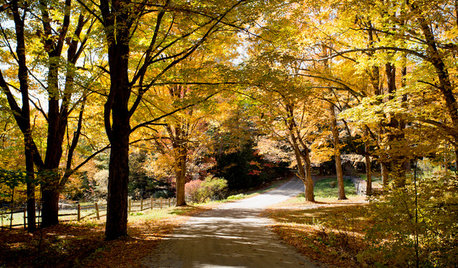
FALL GARDENINGHouzz Call: Show Us Your Autumn Views
Share your pictures of fall foliage and decor in the Comments. Your photos may be featured in an upcoming story!
Full Story
HEALTHY HOME12 Ways to Set Up Your Kitchen for Healthy Eating
Making smart food choices is easier when your kitchen is part of your support team
Full Story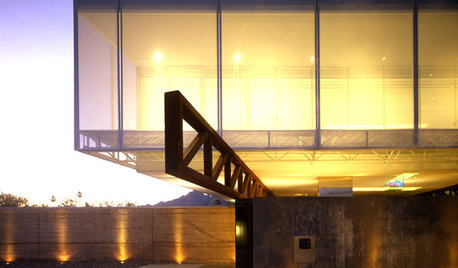
ARCHITECTUREDiscover Modern Architecture's Appeal
Do modernism's 'cold' expanses make you hot under the collar? This reasoning may change your mind
Full Story





farmerdill
sunnibel7 Md 7
Related Professionals
Camas Landscape Architects & Landscape Designers · Ashburn Landscape Contractors · Blue Springs Landscape Contractors · Brownsville Landscape Contractors · Chattanooga Landscape Contractors · East Haven Landscape Contractors · El Reno Landscape Contractors · Estelle Landscape Contractors · Galveston Landscape Contractors · Hilo Landscape Contractors · Holtsville Landscape Contractors · Mastic Beach Landscape Contractors · North Ridgeville Landscape Contractors · Paramount Landscape Contractors · Ocala Driveway Installation & Maintenancewayne_5 zone 6a Central Indiana
zeedman Zone 5 Wisconsin
zzackey
Creek-sideOriginal Author
zeedman Zone 5 Wisconsin
Creek-sideOriginal Author
NHBabs z4b-5a NH
zeedman Zone 5 Wisconsin
Creek-sideOriginal Author
Creek-sideOriginal Author
zeedman Zone 5 Wisconsin